Dysplasia
What is a dysplasia?
Usually present from birth and diagnosed in childhood, hip dysplasia can often escape detection until it is causing pain and discomfort later in adulthood. When the ball and socket joint of the hip are poorly connected, it causes a slight dislocation known as dysplasia. The socket is usually not deep enough to hold the ball-shaped femoral head in place. In time, this misalignment can go on to cause severe osteoarthritis as well as possible dislocation and labral tear. Symptoms can include hip pain, an unstable hip joint, limping and uneven leg length. Hip dysplasia tends to run in families and is known to be more common in firstborns, females and breech babies. If your doctor thinks you may have hip dysplasia after a physical examination, they are likely to suggest an X-ray or an MRI to determine the extent of the damage.
How is it treated?
Babies are checked for hip dysplasia a few days after birth and shortly after again. At this age, the hip joint can be manipulated and repositioned using a brace before the cartilage turns into bone. After six months of age, arthroscopic surgery may be required to repair the hip and reposition the joint. If dysplasia is left untreated into adulthood, it can lead to severe joint deterioration from osteoarthritis. This would then require either realignment surgery (periacetabular osteotomy) or in extreme cases a total hip replacement to restore mobility and function.
How long does it last?
Hip dysplasia in adults is usually treated by surgery. Depending on the extent of the operation this would usually require a few days recovery in hospital before returning back home. It may take up to three months before your hip joint is strong enough to bear your full weight, and up to six months before you can resume your normal level of activities.
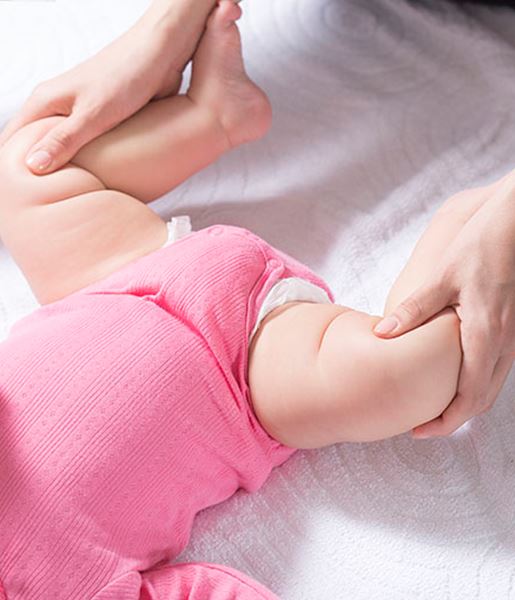
Hip replacement approaches
Other hip surgeries
Find a hospital with orthopaedic services
Our Hospitals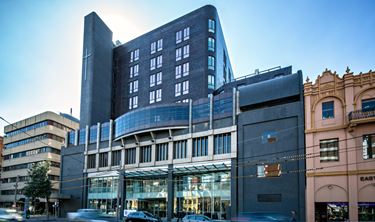
Related services
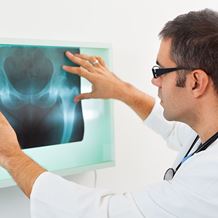
Hip Orthopaedics
We provide specialist care and expertise for a range of problems affecting your hips.
Read More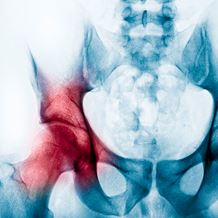
Hip Dysplasia Surgery
Hip dysplasia surgery aims to preserve the hip joint and reduce pain.
Read More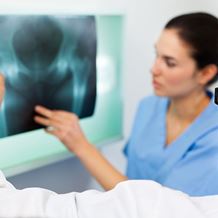
Find a Specialist
Talk to our world-leading orthopaedic specialists about the most suitable treatment options.
Read More